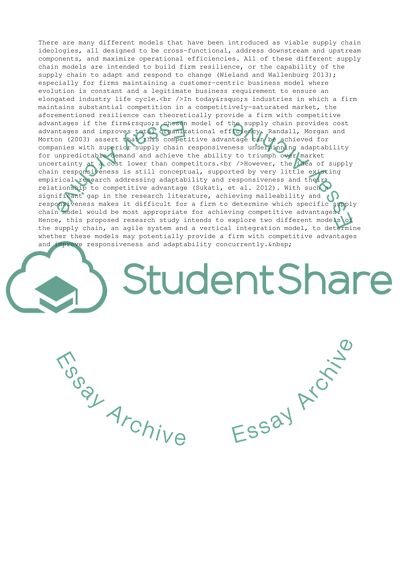Cite this document
(An Appropriate Supply Chain Model for a Firm Research Proposal, n.d.)
An Appropriate Supply Chain Model for a Firm Research Proposal. https://studentshare.org/management/1879656-exploring-how-to-choose-the-appropriate-supply-chain-that-match-product-demand-for-the-firm
An Appropriate Supply Chain Model for a Firm Research Proposal. https://studentshare.org/management/1879656-exploring-how-to-choose-the-appropriate-supply-chain-that-match-product-demand-for-the-firm
(An Appropriate Supply Chain Model for a Firm Research Proposal)
An Appropriate Supply Chain Model for a Firm Research Proposal. https://studentshare.org/management/1879656-exploring-how-to-choose-the-appropriate-supply-chain-that-match-product-demand-for-the-firm.
An Appropriate Supply Chain Model for a Firm Research Proposal. https://studentshare.org/management/1879656-exploring-how-to-choose-the-appropriate-supply-chain-that-match-product-demand-for-the-firm.
“An Appropriate Supply Chain Model for a Firm Research Proposal”. https://studentshare.org/management/1879656-exploring-how-to-choose-the-appropriate-supply-chain-that-match-product-demand-for-the-firm.


